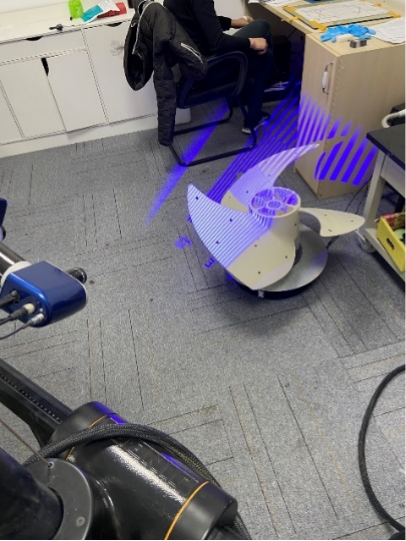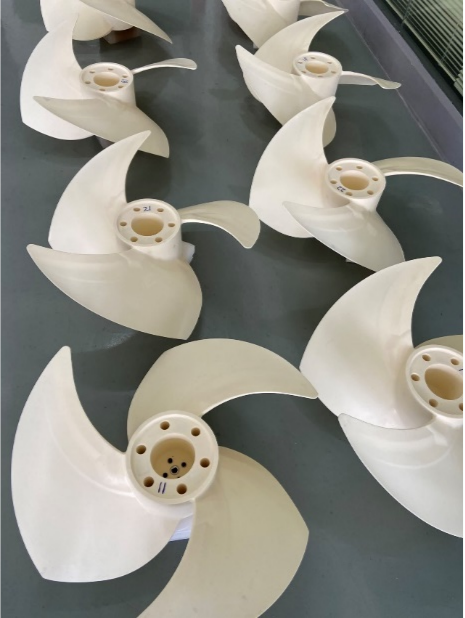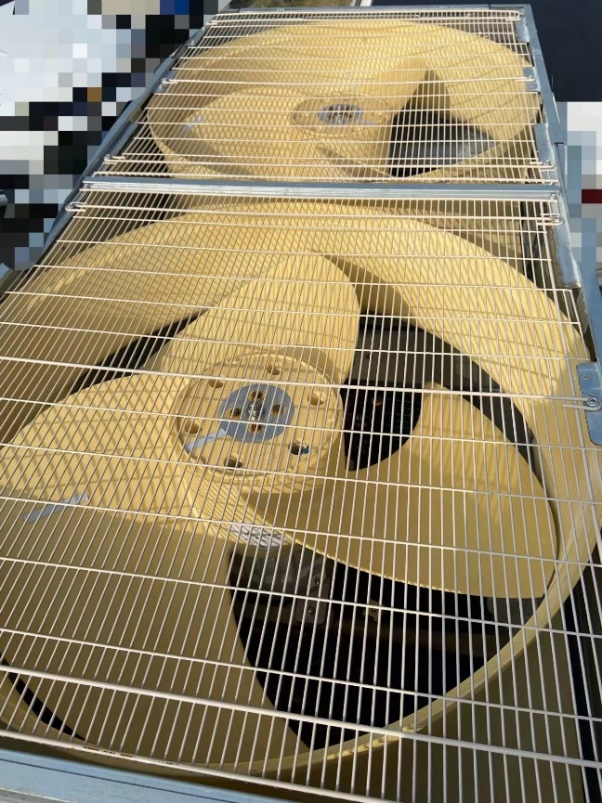Commercial air condition fan

In today's economic globalization, the price of raw materials continues to rise, and energy consumption increases year by year, especially in the home appliance industry. How to reduce the cost and energy consumption on the premise of ensuring the quality of air-conditioning products is a hot spot in current research. A high-efficiency fan model must be calculated through fluid dynamics. The digital model precisely designed by the customer needs to be converted into an accurate physical sample for testing and verification. Generally speaking, making precision metal injection molds is a good solution to obtain high-precision products. But for products like fans, the cost of metal molds is high, usually hundreds of thousands of RMB, and the cycle is very long.
In the product development stage, customers need to conduct various experimental verifications such as bench performance experiments, noise experiments, and complete machine experiments. The production cycle of the metal mold is too long to match the customer's development progress. Moreover, the size of the fan developed this time is very large, with a diameter of more than 700mm. Compared with small-sized fans, it is more difficult to form. How to quickly manufacture high-precision samples for experiments has become a big problem.
The customer came to us to discuss feasible rapid manufacturing solutions, and we quickly ruled out direct 3D printing and CNC machining. Because the strength and precision of 3D printing cannot meet the customer's test requirements, the fan speed during the customer bench test needs to reach at least 650RPM, and the strength of the 3D printed material cannot meet the requirements. The customer requires the flexural modulus of the material to be at least 2800Mpa, and the 3D printed resin material is only about 2000Mpa. The amount of deformation during the test will be large, and the customer's model design cannot be verified. Using high-strength plastic sheets, such as PA6+GF15, can meet the strength requirements, but the cost of CNC processing is very high, and the processing cycle is very long. The customer needs 30-40 fans for testing, which not only takes 6 weeks, but also costs far beyond the customer's budget.
After careful discussion, we decided to use the silicone mold process to make these samples for the customer. We selected a special glass fiber filled material, the strength of which fully meets the customer's test requirements, and we can deliver it in only 3-4 weeks All samples.
After several weeks of hard work, we have completed a series of sample production work, from prototype scanning inspection, silicone mold production, to product production, product 3D scanning, etc., and then to the dynamic balance of the fan, we finally completed it very well Customer's delivery tasks. Because the customer is in Japan, we specially customized suitable packaging considering the safety of transportation. When the customer received the sample, the package was intact, and the sample was well protected during the long-distance transportation.



After a series of tests, the customer is very satisfied with the results of the prototype. Not only has the development test been completed in a very limited time, the development cycle has been greatly shortened. Moreover, thanks to the reliability of the silicone molding process, the customer created a new development process. For future new project development, accumulated very important experience.
